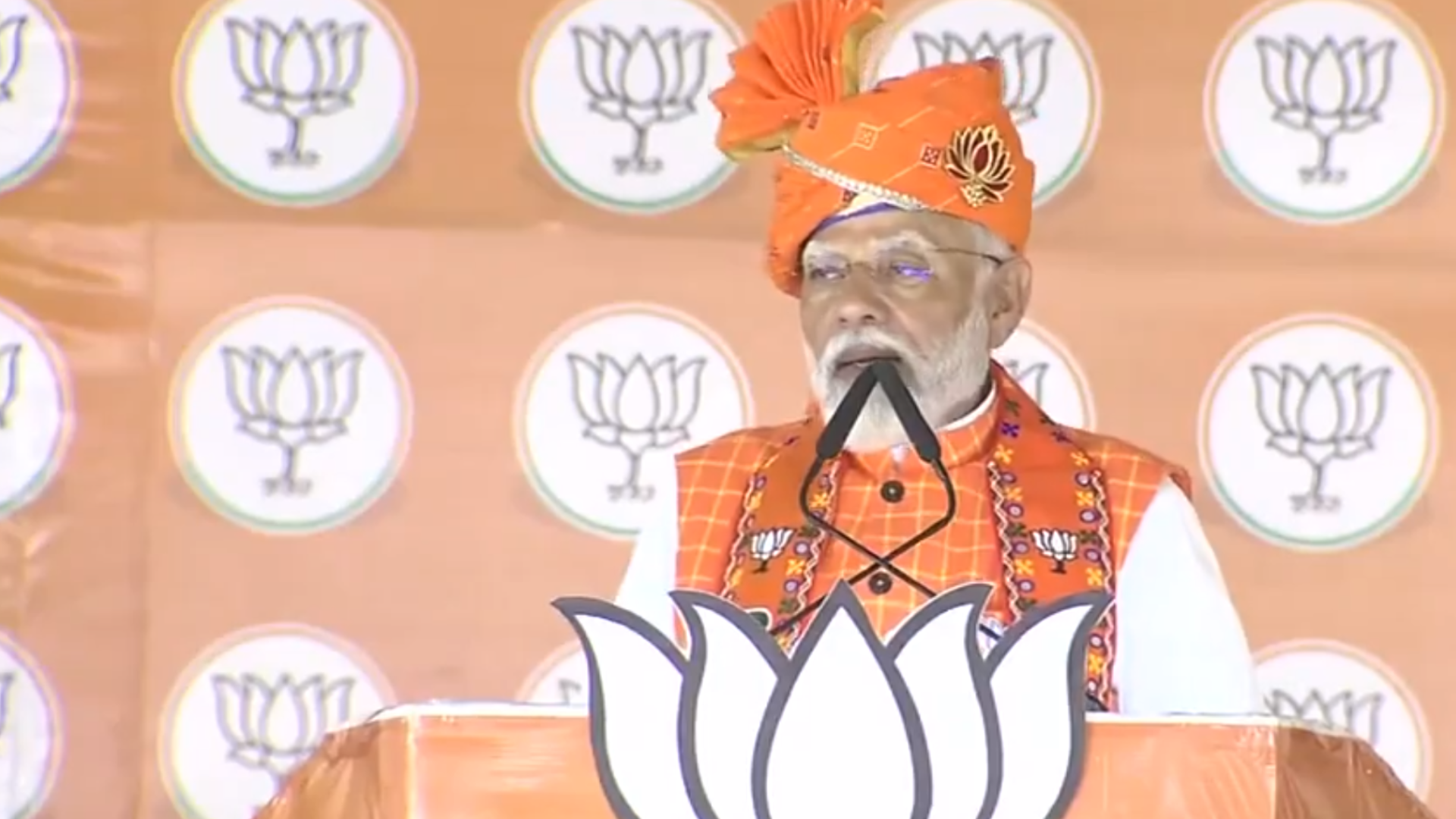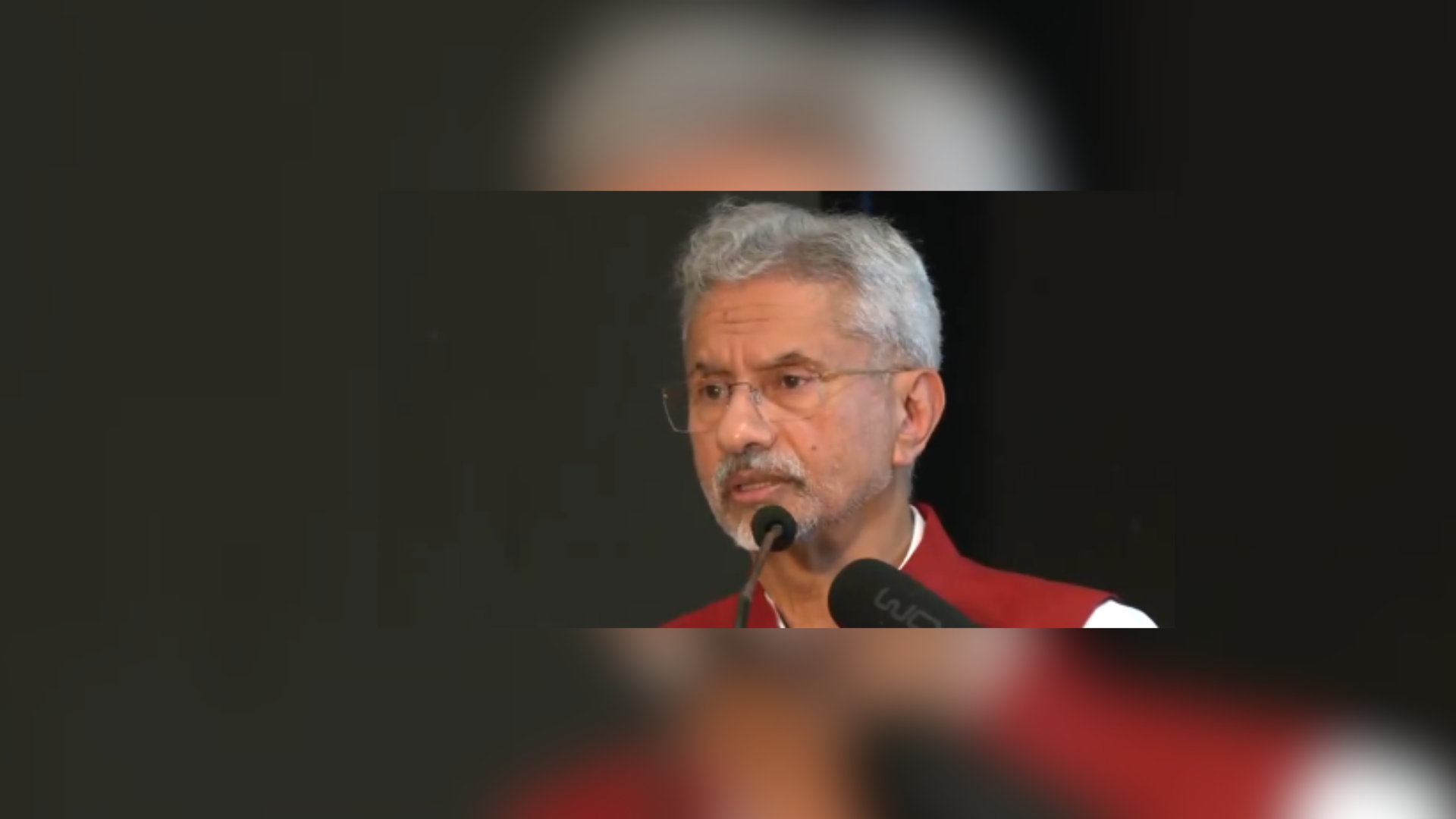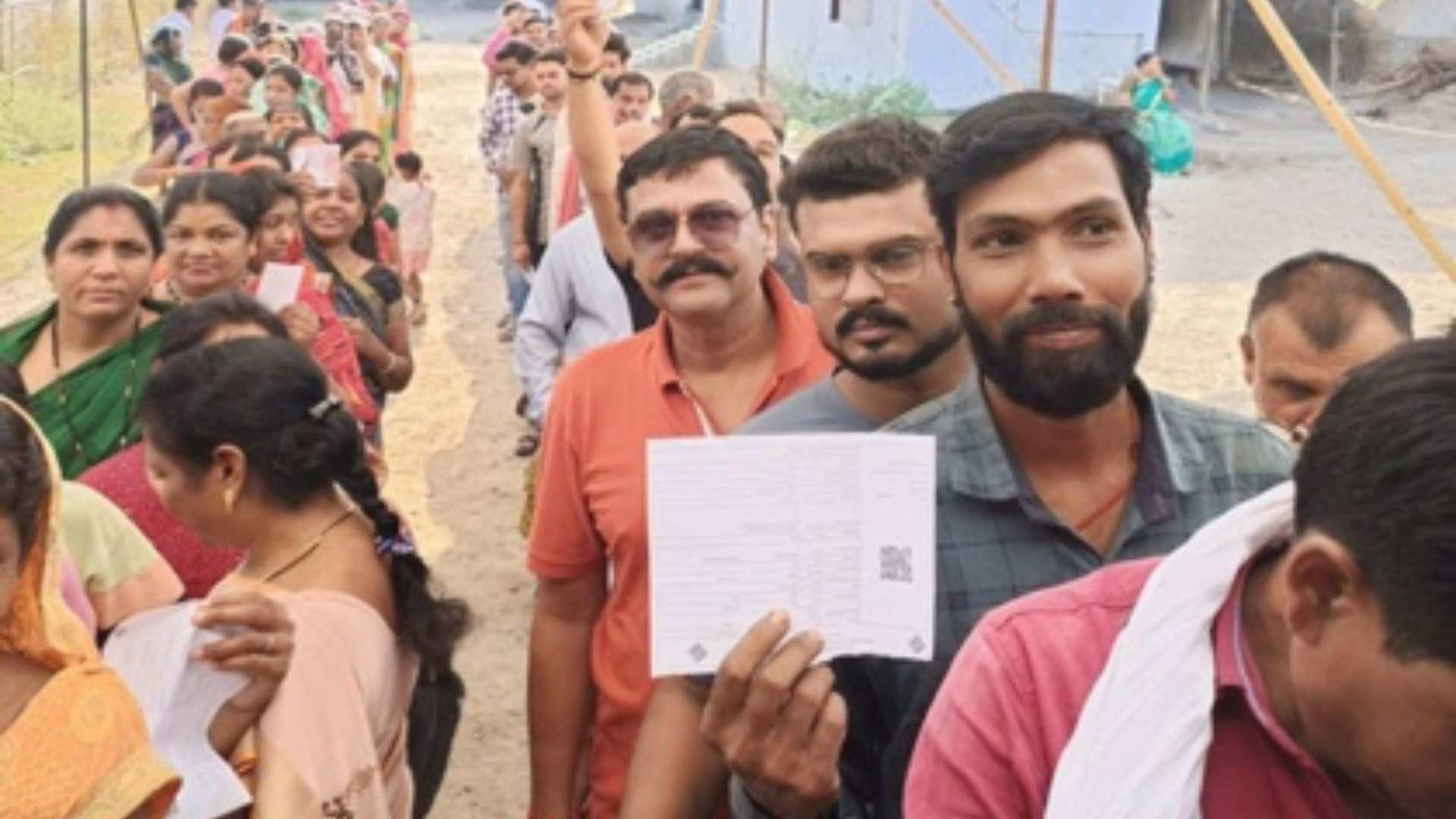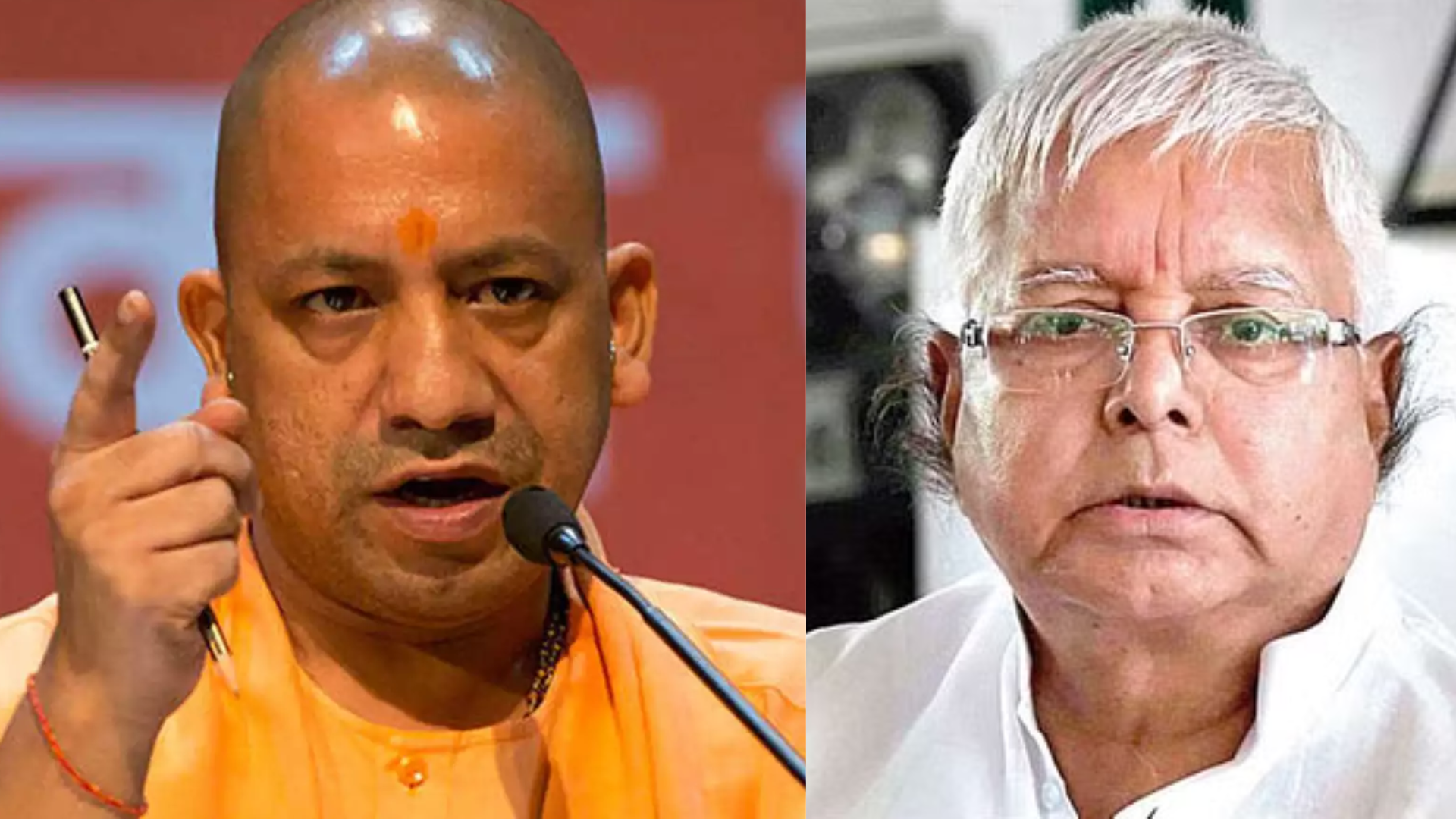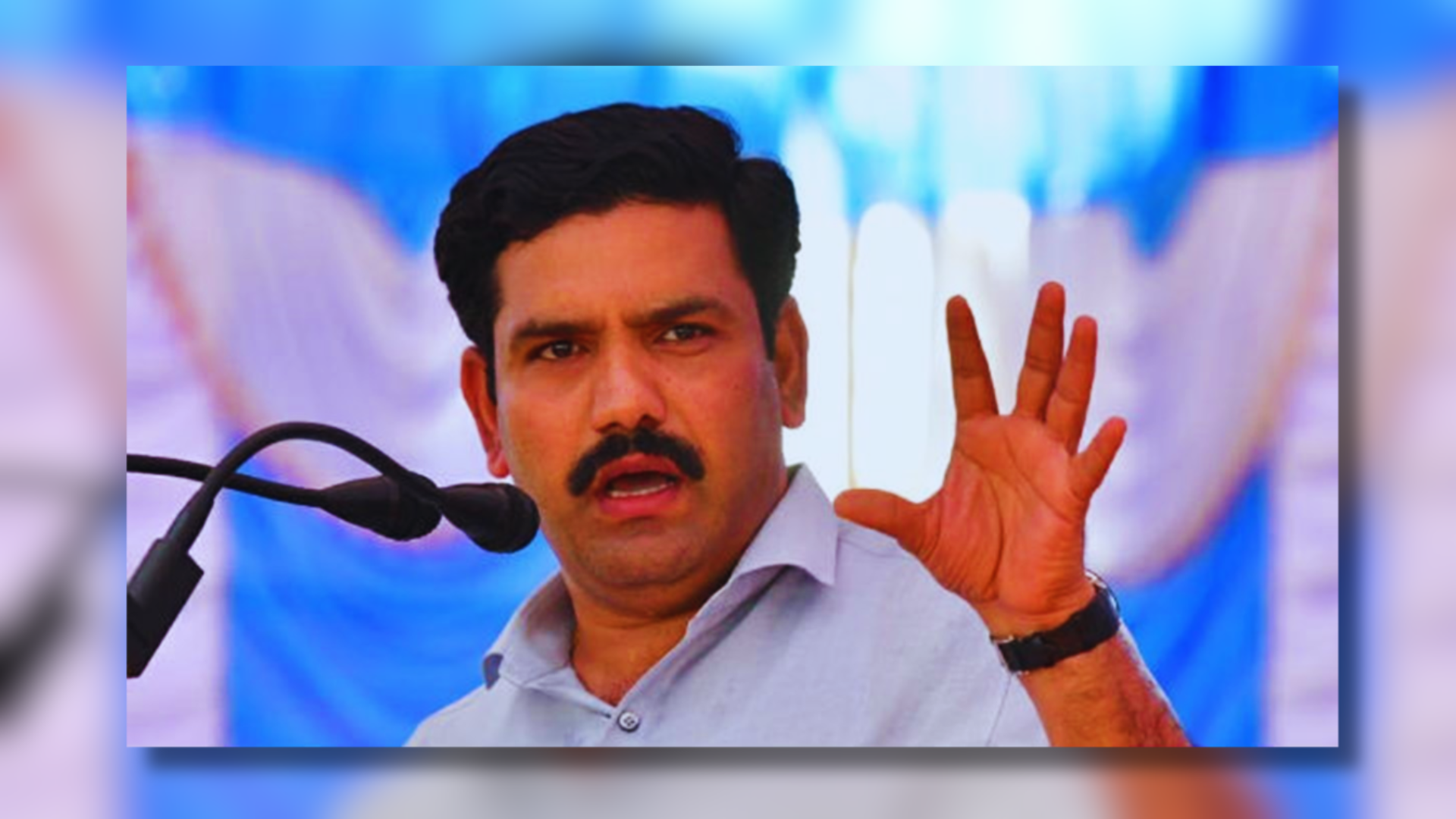



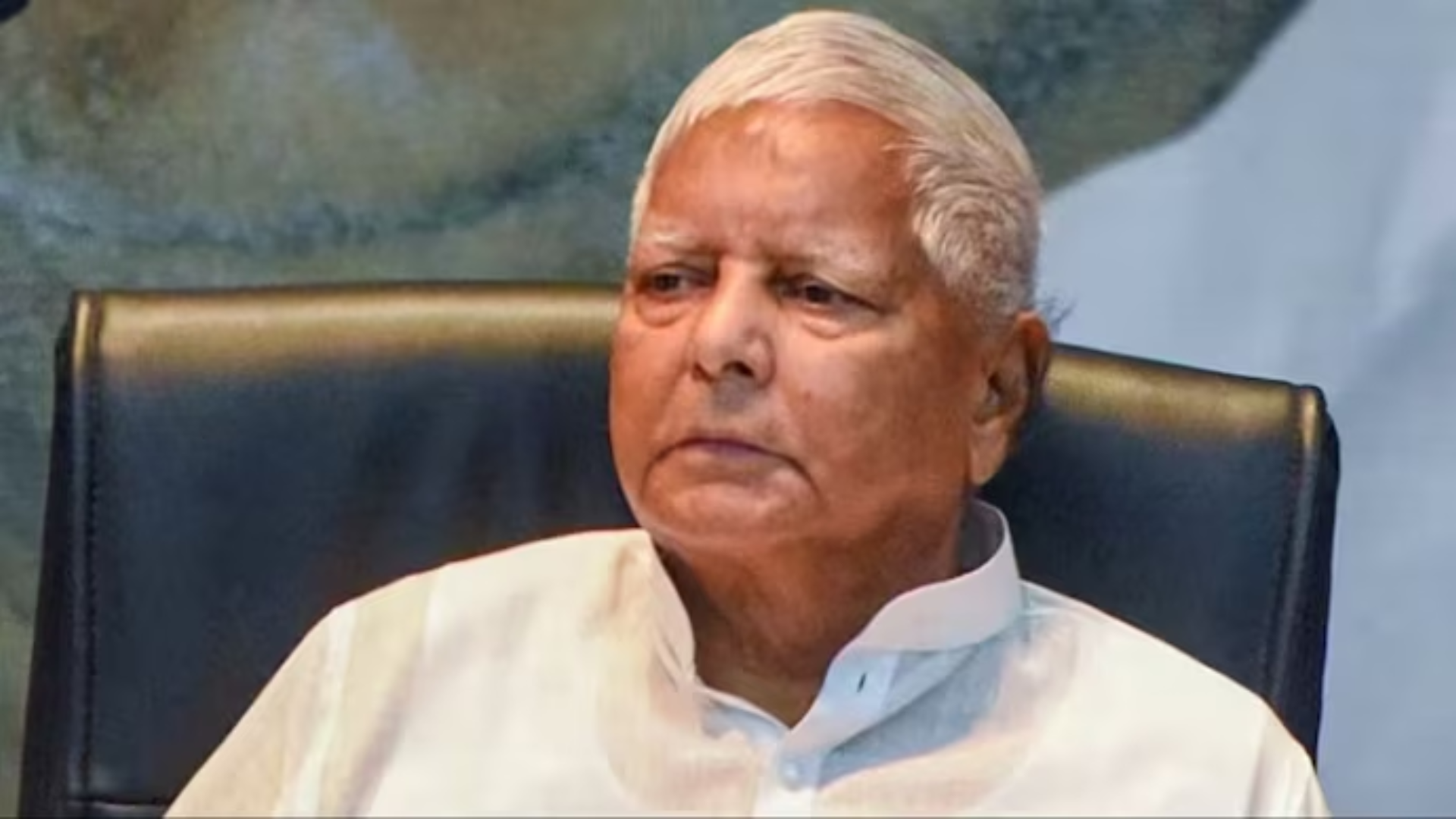
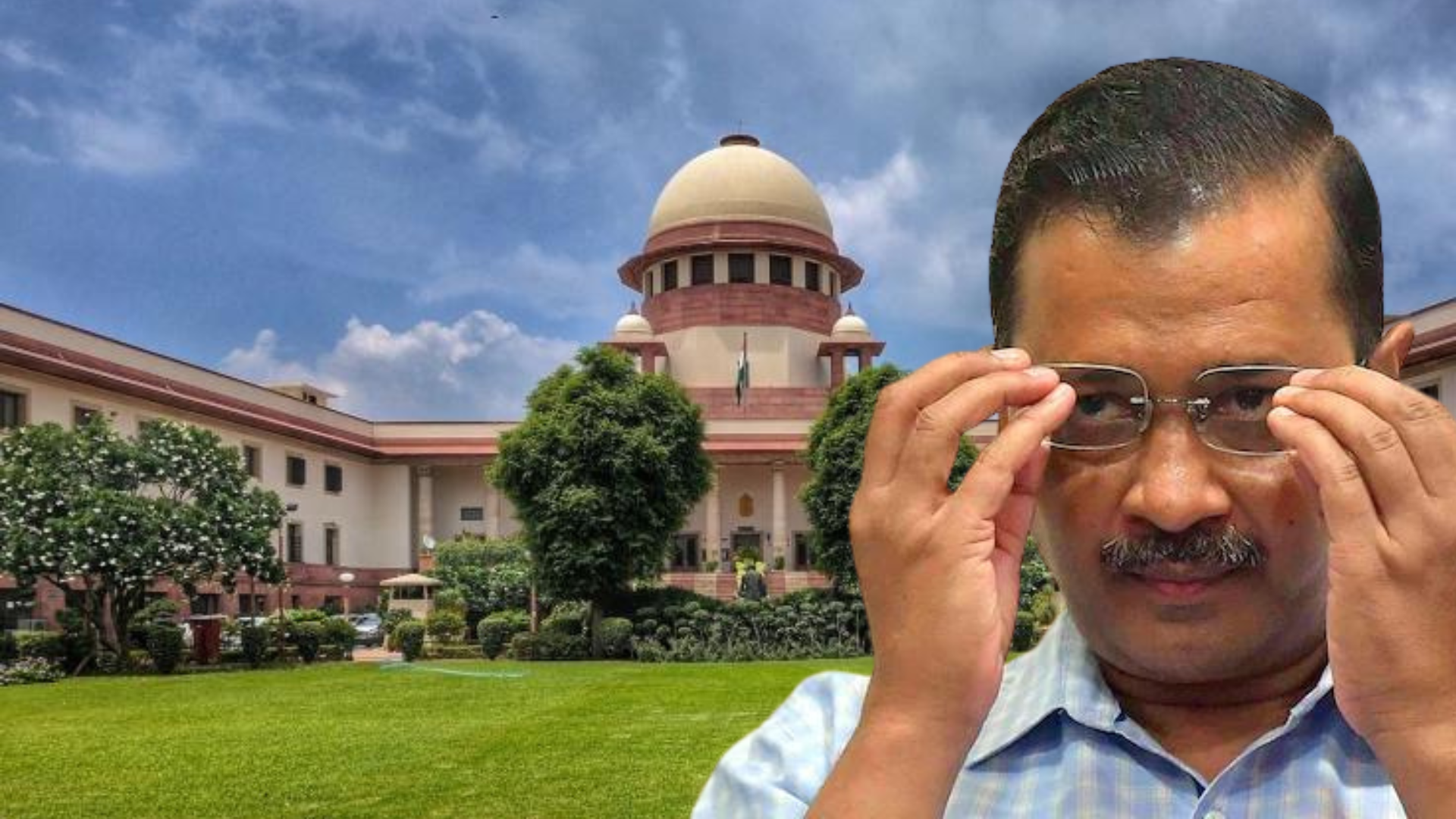
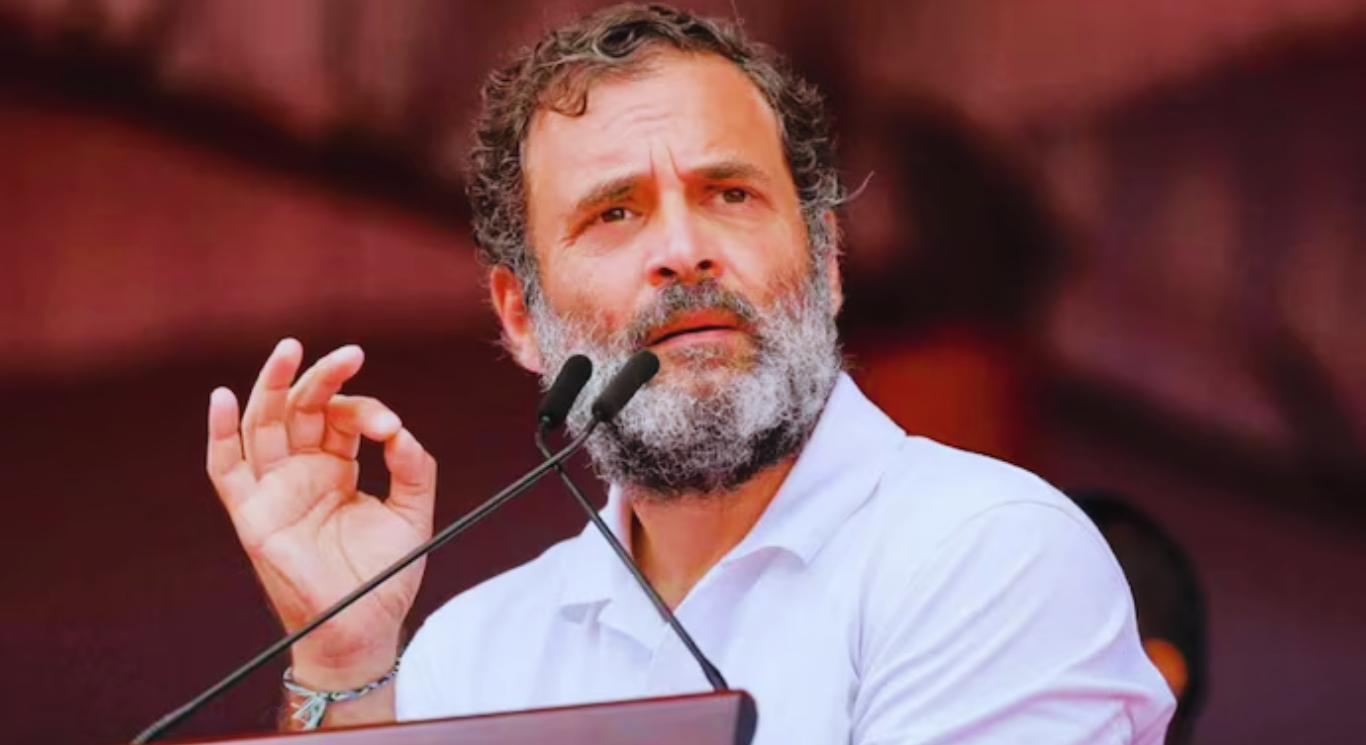
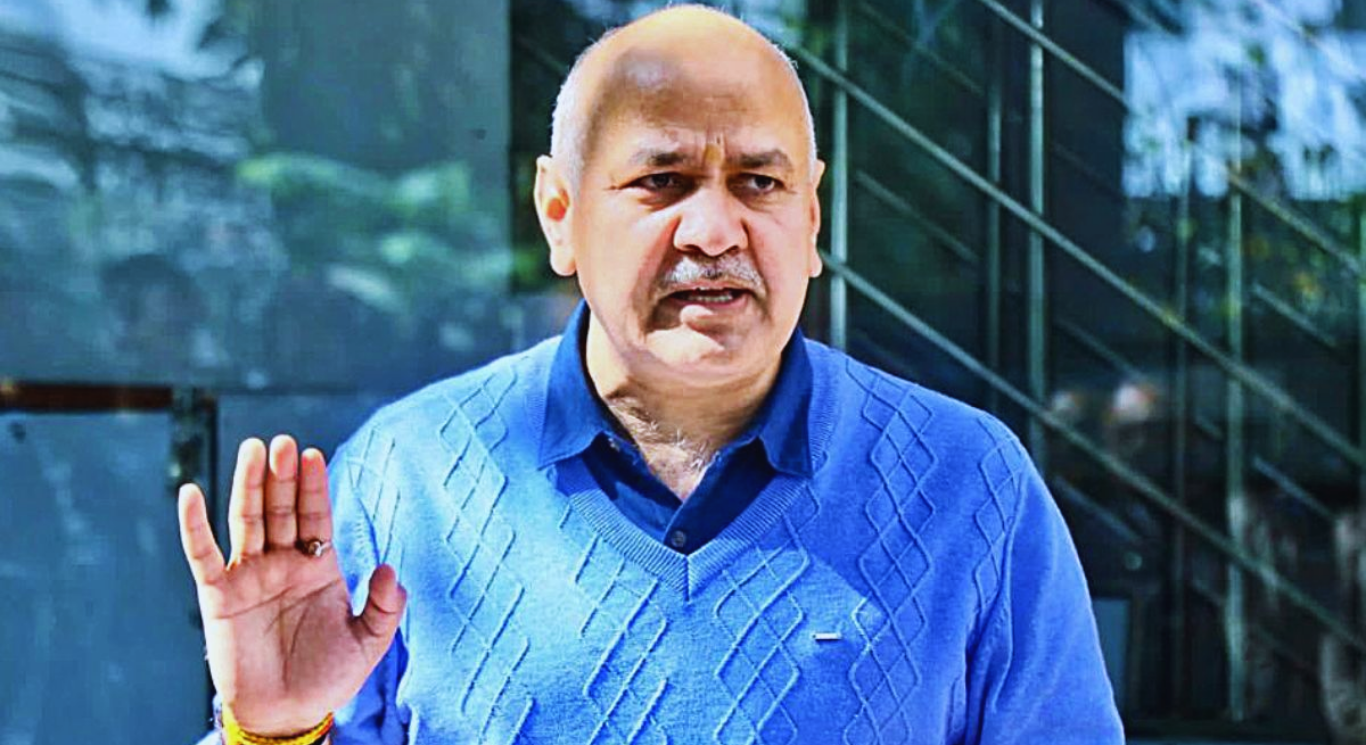
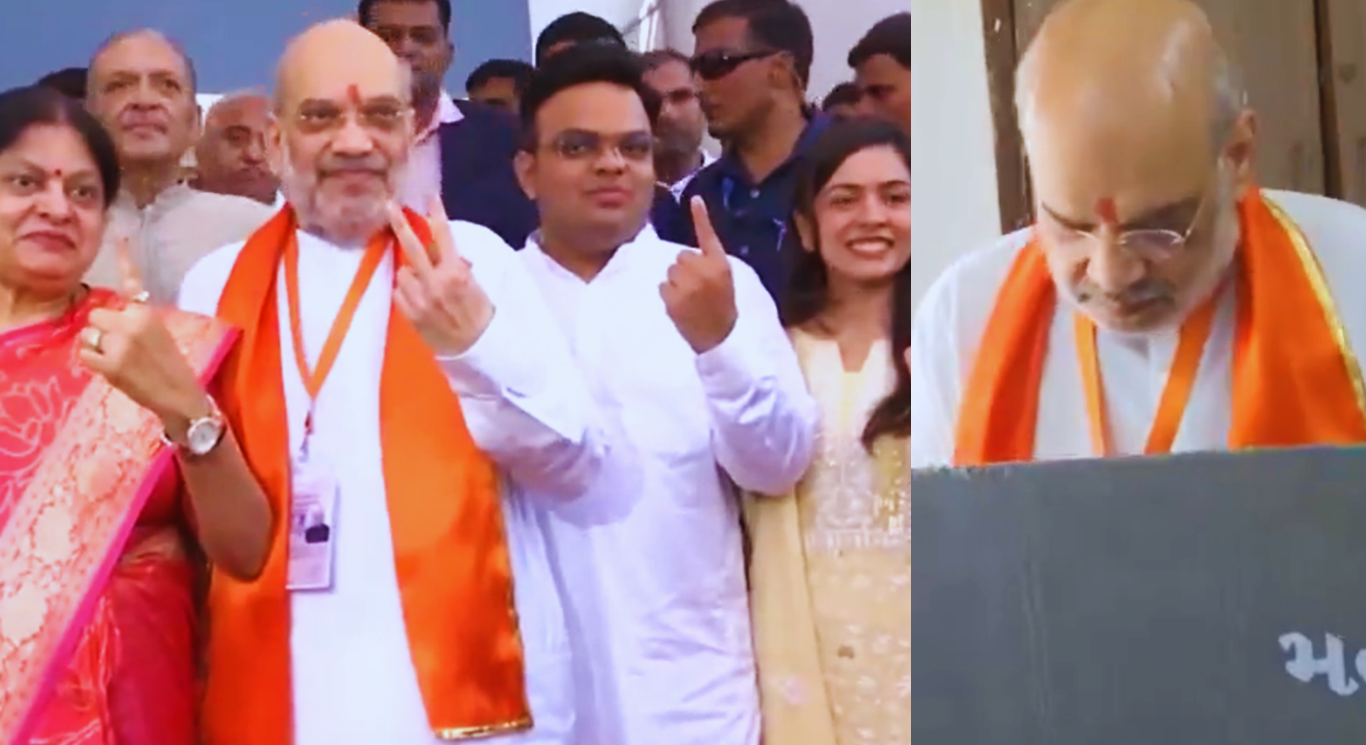
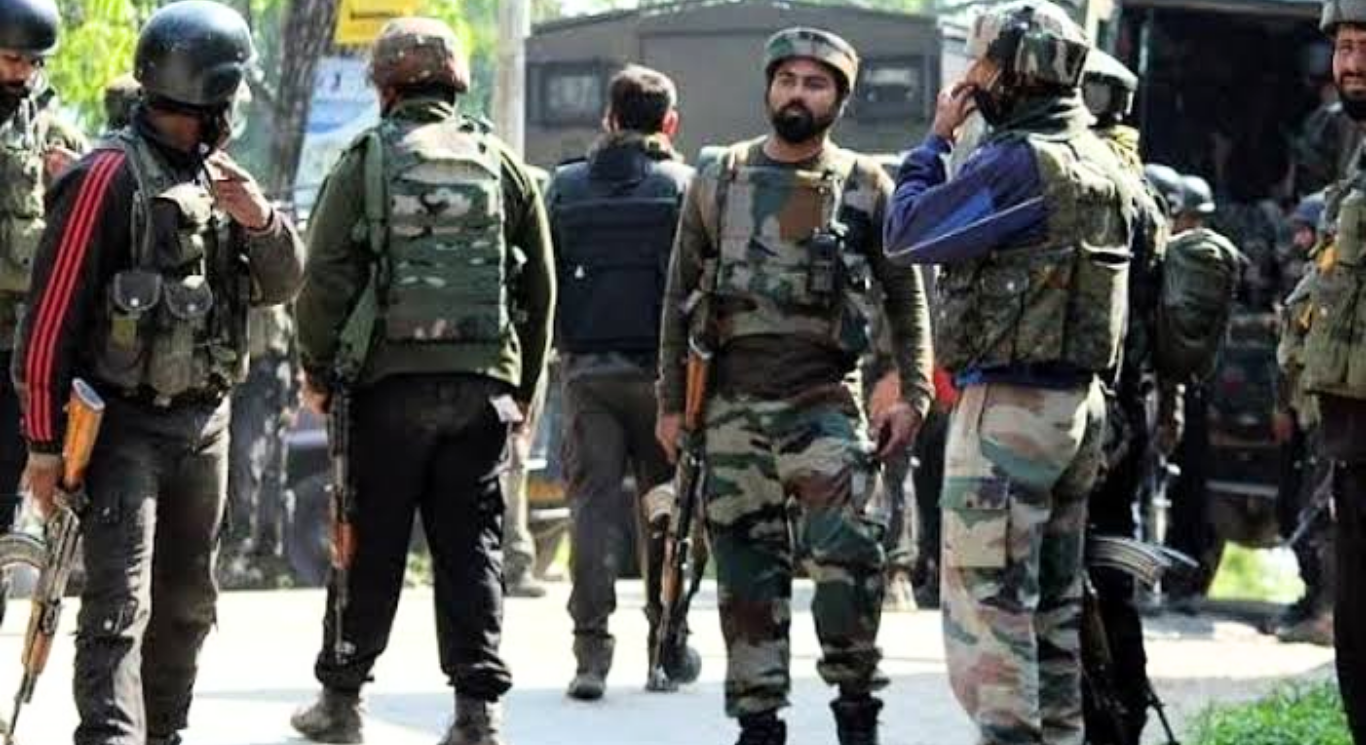
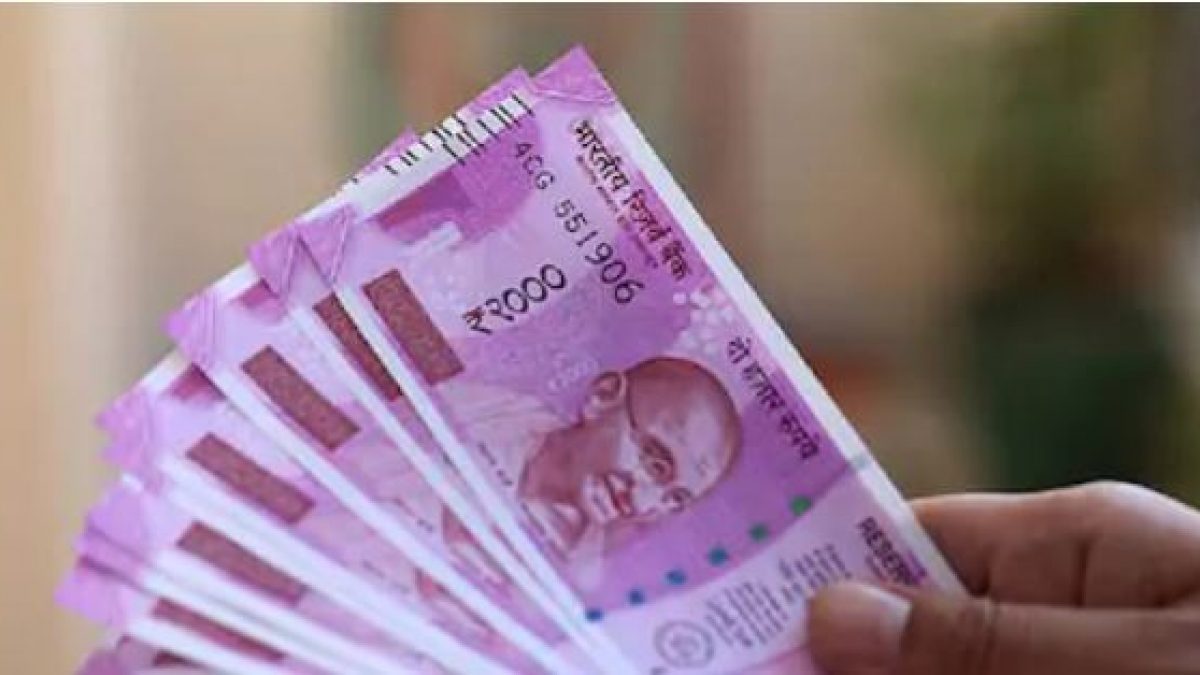
According to SBI research, smaller bank deposits in the United States are only insured to the tune of 30-45 percent, whereas smaller bank deposits in India, such as regional rural banks, cooperative banks, and local area banks, are better protected at 82.9 percent, 66.5 percent, and 76.4 percent, respectively.
According to the State Bank of India’s Economic Research Department, an analysis of insured customer deposits across multiple geographies initiated in the aftermath of bank runs across developed economies reveals that the deposits of the US’s top ten banks are insured in the range of 38.4-66 percent.
Another intriguing pattern noted in the United States is that major banks’ deposits have been insured to the tune of 50-55 percent on average.
According to the study, Indian banks are the pinnacle of resilience. Foreign claims against India total USD 104.2 billion as an immediate counterparty and USD 81.5 billion as a guarantor.
Immediate counterparty basis refers to the methodology of allocating positions to the primary party to a contract, whereas guarantor basis refers to the methodology of allocating positions to a third party that has agreed to assume the primary party’s debts or obligations if that party fails to perform.
When compared with other major countries, India has the least foreign claims, both as a counterparty basis, and also as a guarantor basis, the report said.
“Further, our ratio of foreign claims to domestic claims is also least among countries signifying that our banking and financial system is very disciplined and no international balance sheet contagion can start from India. Maturity wise also, International claims on India are the least among major countries,” Soumya Kanti Ghosh, Group Chief Economic Adviser, State Bank of India, said who authored the report.
According to the report, the European Central Bank (ECBrecent )’s policy rate hike of 50 basis points (bps) could not have been more counter-intuitive, coming amid the mayhem that sparked a massive sell-off in the pack of banks, including systemically important banks from the European Union (EU) and the United Kingdom (UK), eroding USD 60 billion in a single day on March 15.
But, if history had a rear-view mirror, the number of unsynchronised rate decisions made by the ECB in the 25 years preceding and following the global financial crisis (GFC) appears to have been terribly mis-timed.
Soumya Kanti Ghosh said, “We feel the fissures of the present shock, after a year of war and three years of the pandemic, may prove to be quite a costly affair for the health of beleaguered European banking system going forward even as ECB continues branding Euro area banking sector as resilient, with strong capital and liquidity positons, as on September 2022, not factoring the rise in borrowing costs and the resultant decline in demand, along with tighter credit standards, all leading to a vortex.”
Separately, the research stated that First Republic Bank’s short-term borrowing, such as uninsured deposits, of USD 30 billion from a suite of 11 different US-based banks, for an ultra-short term period of 90 days, is shortsighted when compared to such packages in India in 2008 and 2020, when the consortium of banks or champion banks handled the ailing banks for a multiyear period.

